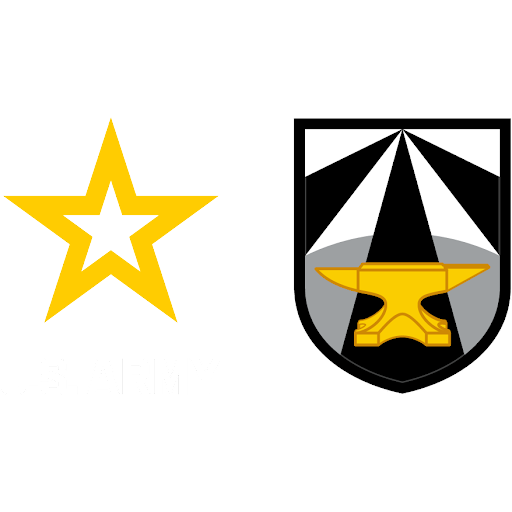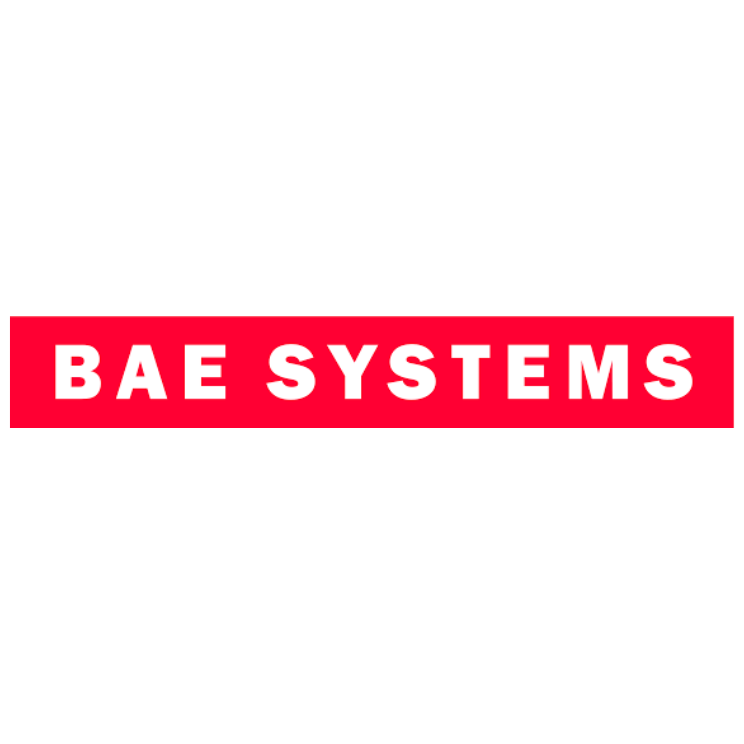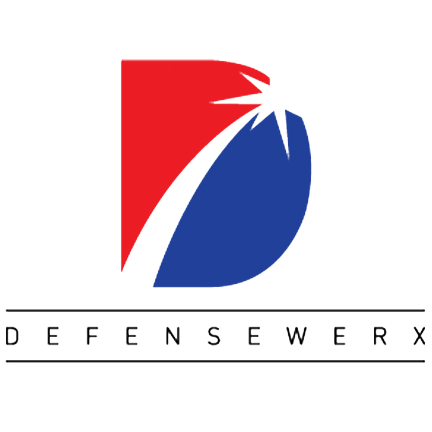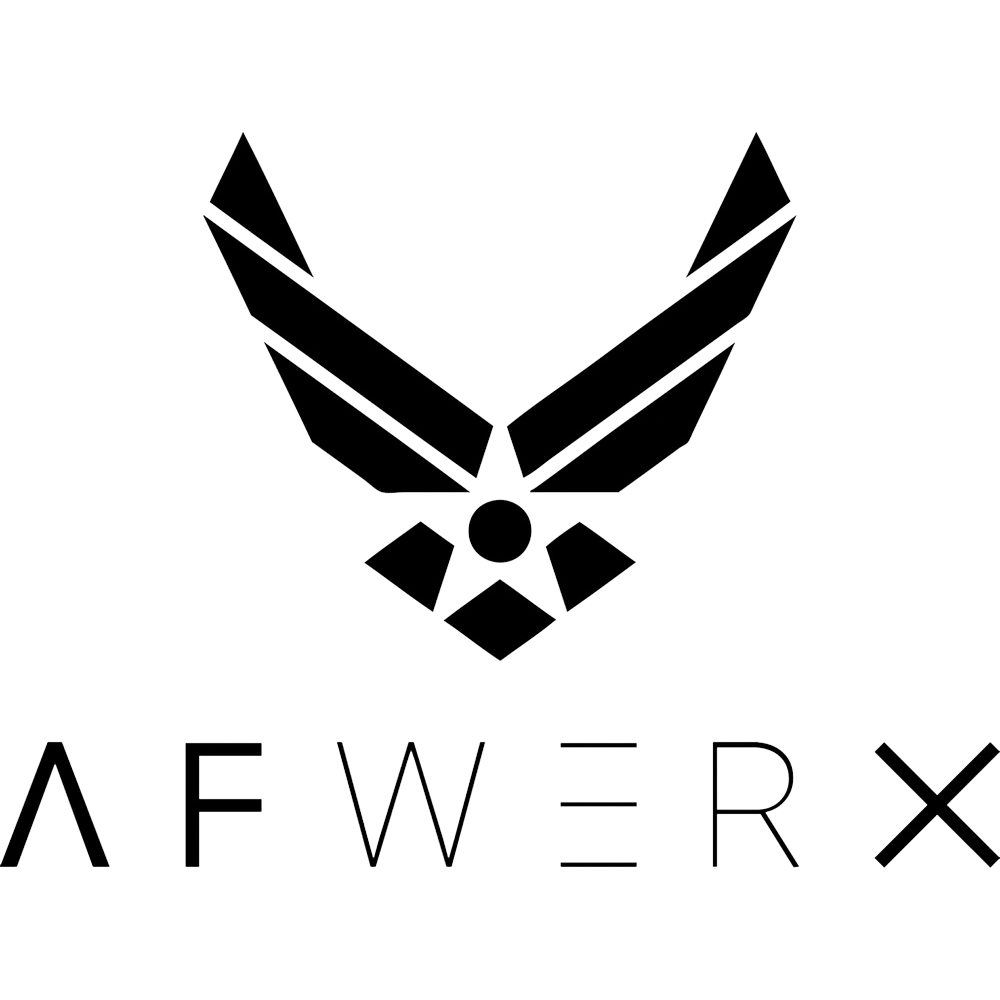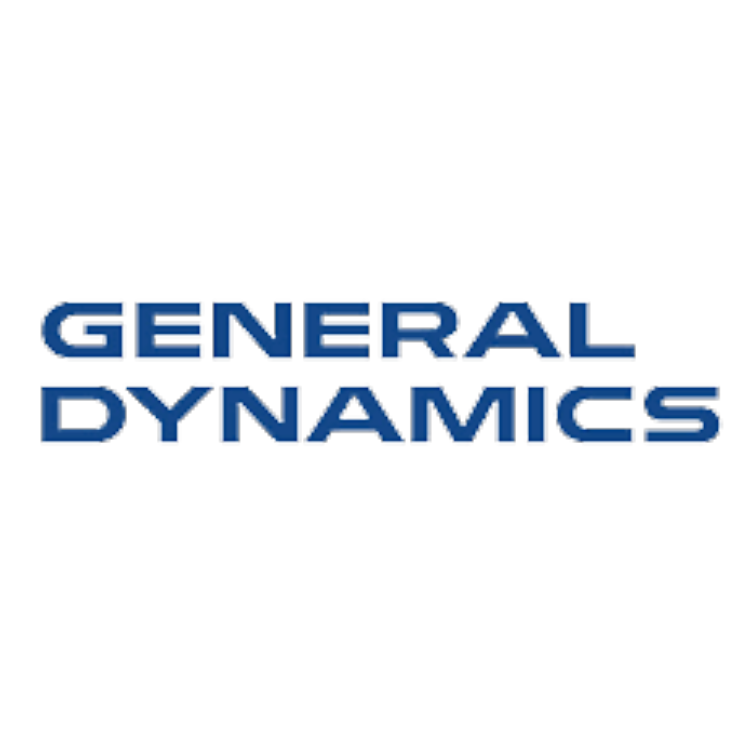
S O L I C I T A T I O N S
For Israeli CET startups, we provide streamlined access to U.S. solicitations for Critical and Emerging Technology, including requests from the innovative technology acquisition groups inside the U.S. government, the Primes, and others. The latest solicitations include…
Warfighter UxS Acceleration Initiative: Design Reference Mission(DRM) 4 - Prize Challenge
Adversaries are rapidly adopting advanced uncrewed systems that enable cheap, scalable surveillance, targeting, and electronic disruption. To stay ahead, the Department of War must accelerate how it finds, evaluates, and fields next-generation UxS. Traditional acquisition is too slow, so the DoW needs faster, more agile processes that involve end-users early and quickly prototype and deploy mission-ready capabilities. Deadline Dec. 15.
Microreactor Power Plants: On-Base Energy Resilience
The U.S. Army and the Defense Innovation Unit (DIU) are seeking commercially led microreactor designs that can deliver resilient, independent power to military installations. This effort aims to field advanced, safe, continuously operating nuclear power systems by 2030. Deadline Dec. 15.
Next Generation Maritime Optical Systems
U.S. Strategic Operations Command is looking for insights into the current state of the “maritime optical system” market, and wants to identify emerging technologies and planned future advancements. Deadline Oct. 24.
Computer Vision for Unmanned Systems
U.S. Strategic Operations Command is seeking technology providers capable of delivering “cutting-edge computer vision capabilities” for detection and classification for all USSOCOM unmanned systems. Deadline Oct. 13.
Non-Kinetic Watercraft Disablement
The Department of Homeland Security and the newly-rebranded Department of War are seeking solutions that can stop small watercraft without placing undue risk to U.S. personnel conducting interdictions. Deadline Sept. 30.
Acoustic Signals and Drone Swarms
U.S. Special Operations Command has two new SBIRs for acoustic-based innovations related to the sound produced by small UAS, enabling capture of information encoded in the signals. Deadline Oct. 22.
Humanoid Technology Solutions
The U.S. Army is hosting an “xTechHumanoid competition” to identify solutions that advance its fielded militarized humanoid capabilities. The competition comes with prize money and the potential for contract awards or agreements of up to $1.25 million. Deadline Oct. 1.
DHS Biometrics Assessment Event
The Department of Homeland Security is looking for validated biometric technologies to integrate into current port-of-entry infrastructure to identify and validate traveler identities. Deadline was Sept. 21.
Counter-Unmanned Aircraft System Solutions
The U.S. Army xTech Program is now accepting concept white paper submissions for the xTechCounter Strike competition, which will award up to $2.5 million in cash prizes and potential follow-on agreements and contracting opportunities. Deadline was Sept. 15
Autonomous Systems for 4th Infantry Division
The Army Futures Command is seeking innovative, readily available solutions for use by the 4th Infantry Division. The solutions should be capable of “extended experimentation” with soldiers in the field, and focused on one eight capabilities areas. Deadline was Sept. 5.
Joint Sustainment Decision Tool
The DoD is seeking a logistics support tool that can generate realistic courses of action for commanders in dynamic, contested, and degraded environments, preferably utilizing artificial intelligence and/or machine learning. Deadline was August 14.
Unmanned Underwater Vehicles
The United States Military is seeking affordable small and medium Unmanned Underwater Vehicles to enhance operational capabilities in subsea and seabed warfare; intelligence, surveillance, and reconnaissance (ISR); and expeditionary warfare domains. Deadline was July 24.
Predict, Optimize, Recommend, and Track for Adaptive Logistics (“PORTAL”)
The Army Applications Lab is looking for companies to develop a predictive logistics software solution that gathers data from existing Army logistics platforms and provides it to commanders in a comprehensive, accessible format. Deadline was July 23.
Visual Augmentation Systems
Small Business Innovation Research program will be accepting submissions starting June 25 for technologies that augment the vision of Special Operations Forces. Deadline was July 22.
Secure and Protect Infrastructure Through Cyber-Threat Emulation (“SPICE”)
Small Business Innovation Research program will be accepting submissions starting June 25 for an open topic it calls “Secure and Protect Infrastructure Though Cyber-Threat Emulation” or SPICE. Deadline was July 23.
Counter SUAS Layered Protection System
The Army Applications Lab is interested in technologies to protect armored vehicles (like M1 Abrams and Bradley fighting vehicles) from self-detonating small unmanned aerial systems. Deadline was July 6.
Project G.I.
The Department of Defense is looking to develop a more agile and effective mechanism to evaluate emerging capabilities, embed end-users early in the product development cycle, and accelerate the prototyping and fielding of transformative technologies that can deliver operational advantage at speed. Deadline was June 10.
Drone in a Box
A group within the U.S. military is looking to identify production model solutions for a “configurable multidomain system” capable of performing a variety of missions related to uncrewed aircraft systems and uncrewed ground systems. Deadline was June 10.
Situational Awareness by Intelligent Learning Systems
The Navy is seeking AI/ML applications that accelerate the convergence of data — such as intelligence reports, satellite-derived data, and existing common operational picture tools — that are used by Maritime Operations Centers. Deadline was June 6, sorry!
Energy Resilience Design Evaluation, Modeling
The U.S. Army Engineer Research and Development Center is seeking innovative technologies to enhance power and energy resilience in supply-contested logistics environments. Areas of interest include power generation, agile power delivery systems, and deep power system analytics to maintain energy dominance. Deadline was June 2
Low Collateral Defeat
The DOD is seeking “Low Collateral Defeat” solutions to counter small Unmanned Aerial Systems in situations where friendly forces or civilians are in close proximity to the threat, or where local regulation does not allow for solutions that have broad range impact. Deadline was May 19
Accelerated and Automated Visual Verification
The U.S. Army Applications Lab is seeking technology that can provide critical visual information from the edge of the battlefield to decision makers during the targeting process. Deadline was June 2.
Low-Altitude Passive Detection System
The U.S. Army is looking to develop a solution that passively detects and identifies small unmanned aerial systems at low altitudes, and various velocities. The objective of this effort is to increase the advance warning time of small incoming threats for ground-based units. Application deadline has passed.
Combat Autonomous Maritime Platform
The United States military is looking for enhanced capabilities for deploying large payloads across extended ranges. Current uncrewed undersea vehicles, or “UUVs,” have limited range and payload capacity; the DoD is looking for commercially available, “demonstration-ready” systems. Application deadline has passed.
Passenger Identity Verification
The Transportation Security Administration has what they call an “urgent” need for tools and capabilities that will provide “alternative identity verification solutions” for passengers seeking access to security checkpoints. Application deadline has passed.
xTechOverwatch Competition
The U.S. Army is seeking information from eligible small businesses regarding innovative autonomous systems capable of conducting “overwatch and terrain-shaping tasks” by leveraging advanced AI, robotics, secure networking, and real-time data processing. Application deadline has passed.
Next Generation Maritime Optical Systems
The U.S. Special Operations Command has created a new challenge related to next generation maritime optical systems that prioritize “both operator and craft safety and survivability, ultimately enhancing mission effectiveness in challenging maritime environments.” Application deadline has passed.
Undersea Command, Control, Communications
The Defense Innovation Unit of the DOD has opened a solicitation — in coordination with the UK and Australia — regarding innovations that enable the “synchronization and teaming of multiple undersea systems.” Application deadline has passed.
Operator Portable Oxygen Generation Device
A group within the U.S. military is looking to improve oxygen therapy at point-of-need in an austere prehospital environment. The goal is to develop a field instrument that is "rugged, compact, and able to provide oxygen to patients and oxygen generation capabilities as far-forward as possible to reduce the need for oxygen cylinders." Application deadline has passed.
Aviation Goggle Mount; Night Vision Goggle
A group within the U.S. military is looking to research and develop an innovative “Aviation Goggle Mount” capability that will be employed on various aviator helmets with various night vision goggle systems, and will interface with an Aviation Night Vision Imaging System mount that is used by Special Operations Forces. Application deadline has passed.
Gliding Offensive Lightweight Unmanned Munition
A group within the U.S. military is seeking to identify solutions for a precision glide munition that is smaller than the GBU-69 and that can be delivered by light-weight uncrewed aircraft. Specifically, the U.S. government is interested in the development and eventual fielding of a “low-cost, light-weight, precision, unpowered, air-launched glide munition” to fill the gap for glide munitions smaller than the GBU-69 for use by U.S. Special Operations Forces. Application deadline has passed.
Digital Engineering Platform for Integrated Circuits
A group within the U.S. military is seeking a digital engineering platform to accelerate the design and validation of integrated circuits, and for applications that require “the unique performance characteristics of analog, mixed-signal, photonic, and hybrid chips.” Application deadline has passed.
Automated Marine Vessel Inspection Technology
A group within the U.S. military is seeking to identify solutions capable of assisting personnel with visual inspection in “confined spaces on marine vessels.” This group is interested in remotely operated vehicles or other robotic tools to enter a confined space on vessels to perform some or all visual inspection functions (e.g., welds/paint coverage, paint thickness readings, NDT steel thickness readings, small leaks, etc.). Application deadline has passed.
Advanced Materials, Human-Machine Interfaces
A group within the U.S. military is seeking improved capability for displaying information using an “optical see-through near-eye display.” This special operations group is seeking a capability that is effective during bright sunlight and while wearing night vision goggles. Israeli CET companies with related technologies and capabilities should respond. Application deadline has passed.
Advanced Autonomy Within Ethical Boundaries
A group within the U.S. military is seeking ways of mapping autonomous systems to legal and ethical frameworks. Homeland Security and Defense units must utilize advanced autonomy while also upholding legal and ethical boundaries. How will these units enable formations to act decisively within those ethical requirements? What new innovations can give them an advantage while still operating within their legal framework? Application deadline has passed.
Retrofitted, Integrated Autonomy in Legacy Systems
A group within the U.S. military is seeking ways of integrating autonomy into legacy equipment. As they put it, “Let me use the stuff I have.” The U.S. Army, for example, has a lot of equipment that is not autonomous, but performs certain tasks well. How can autonomy improve existing platforms to take advantage of the reliability, familiarity, and trust these legacy systems offer? Application deadline has passed.
Aided Target Recognition
A group within the U.S. military is seeking “show me where to look” capabilities for target recognition. This particular agency has “been working on aided target recognition for years,” and with great success. However, recent advancements in decision making tools, sensors, and advanced algorithms have created new opportunities for innovation. Application deadline has passed.
Hardening Robotic Systems in Extreme Environments
A group within the U.S. military needs solutions for hardening robotic systems for harsh environments. As anyone in the IDF knows, robots don't work well in harsh conditions: Extreme heat and even nighttime conditions are problematic, causing frequent recharging, refueling and maintenance. What approaches can help maximize the use of available resources in the environment, exploiting resources in the theatre of operations, and provide endurance and resilience to human-machine integrated formations? Application deadline has passed.
Machine-to-Machine Cooperative Behavior
A group within the U.S. military is trying to deploy more robotic assets without introducing more operators. Currently, most robotic assets require multiple operators. This division of the U.S. military must develop systems that enable machine-to-machine cooperative behavior, while also reducing the number of humans needed to control robotic systems. Application deadline has passed.
Human-Machine Integrated Formations
A group within the U.S. military is focused on optimizing workload in human-machine integrated formations. In short: Humans are best at value-based decisions, assessing and accepting risk, and practicing the art of command and control. Machines, on the other hand, are best suited for moving, sensing, and delivering effects to the enemy. How can functions in an “HMI” formation be optimized so each performs the tasks they do best? Application deadline has passed.
Counter Autonomy, Counter-Drone Solutions
We are working with one of the U.S. primes to help them identify counter-autonomy solutions in Israel, including identification, jamming, hacking/spoofing, and counter-drone technologies. Application deadline has passed.
Counter Unmanned Aircraft Systems
A Department of the U.S. government is looking to address the growing threat of adversarial unmanned aircraft systems. Specifically, this Department is looking to improve current command and control systems, which are not optimized to address the speed at which kill-chain decisions need to made (detect, track, identify, assess, defeat). Application deadline has passed.
Advanced Batteries for Unmanned Systems
A Department of the U.S. government is looking to address critical energy storage challenges as the demand for reliable solutions grows. This group is seeking commercially proven, rechargeable battery cells to meet the performance needs of small unmanned aerial systems. Application deadline has passed.


